For many teams, project management still means juggling multiple tools: one for tasks, another for chat, a third for meetings, and a separate one for file sharing. The result? Scattered communication, missed deadlines, and time lost switching between apps. But here's the thing: managing projects doesn't need to be this fragmented. That's why so many growing businesses are exploring the best project management tools to consolidate work into one seamless platform. Lark has quickly become a favorite because it combines messaging, video meetings, collaborative documents, and project tracking into a single ecosystem. No more app overload, just more brilliant collaboration.
Driving accountability with Lark Base
Clear ownership of work is essential for any project to be successful. With Lark Base, teams can organize projects in a structured and flexible way. Rather than basic spreadsheets, Base allows for active project accountability through manageable views. A sales team, for example, can use Base to track all their leads, assign follow-up tasks, and monitor deal progress. You could provide a link from each entry into a chat or document to easily move from planning to the workflow. Notably, project managers will be able to look at dashboards, and monitor how each team is tracking their work, projects, or deadlines. You'll be able to see the deadlines for the entire team or determine whether the group is overloaded. Using Base, project management is an entirely different approach. It exists in the same ecosystem as messaging, docs, and meetings, resolving some of the friction to support alignment.
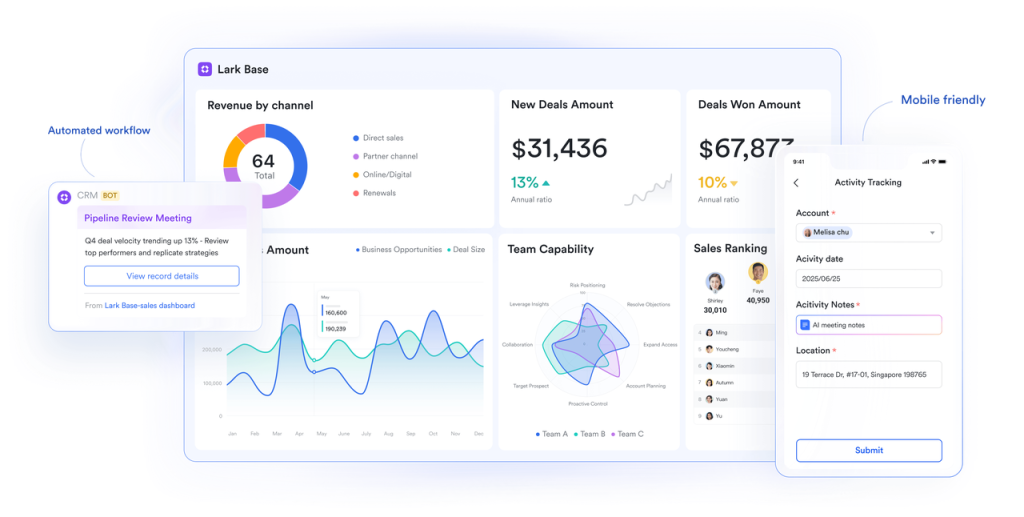
Automating routine tasks with Lark Approval
Projects don't just involve creative work; they often include repetitive processes like budget approvals, leave requests, or vendor sign-offs. These routine tasks can slow down progress if handled manually through endless emails. That's where Lark Approval comes to help, providing an automated workflow. Teams can create customizable approval flows that route requests to the right person automatically. Imagine a design team requesting approval for outsourcing a creative task.
Instead of sending multiple reminders, the request goes directly to the manager, then finance, and finally procurement, each step tracked transparently in Lark. Not only does this reduce delays, but it also ensures accountability since every step is documented. The beauty is that these workflows are flexible. Whether your team needs a simple one-step sign-off or a complex multi-level process, Lark adapts without requiring additional third-party tools.
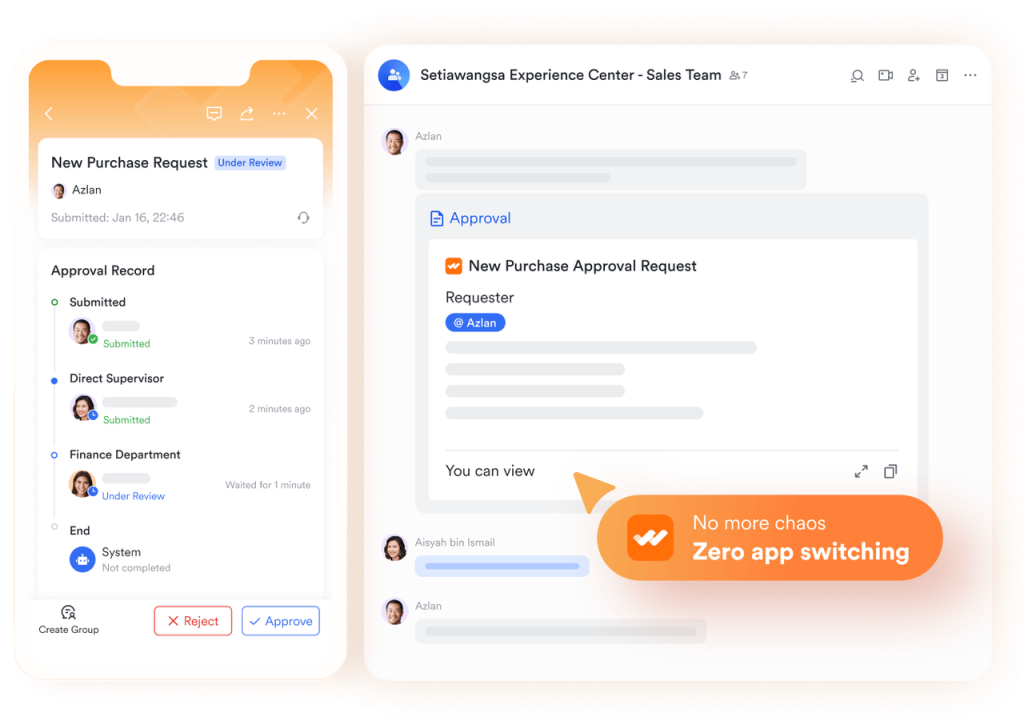
Centralizing communication with Lark Messenger
One of the worst parts of project coordination is poor communication. When conversations are happening over email, text messages, and other chat apps, it's impossible to keep track of all the details. Lark Messenger brings conversations into a shared space, providing real-time chat capabilities. Depending on how teams want to operate, they can create group chats based on specific projects, share files directly in the conversations, or start instant video calls if discussions need more context.
For example, a marketing team working on a product launch can create a specialized group chat to collaborate on campaign deadlines instead of wading through email threads. They can pin specific messages in the conversation, so they are always top of mind. They can also tag teammates to quickly get a reply or keep a whole history of project talk in one place. This is particularly helpful if new team members join the project partway through because they can see what happened in the past without having to search for a bunch of different communication channels.
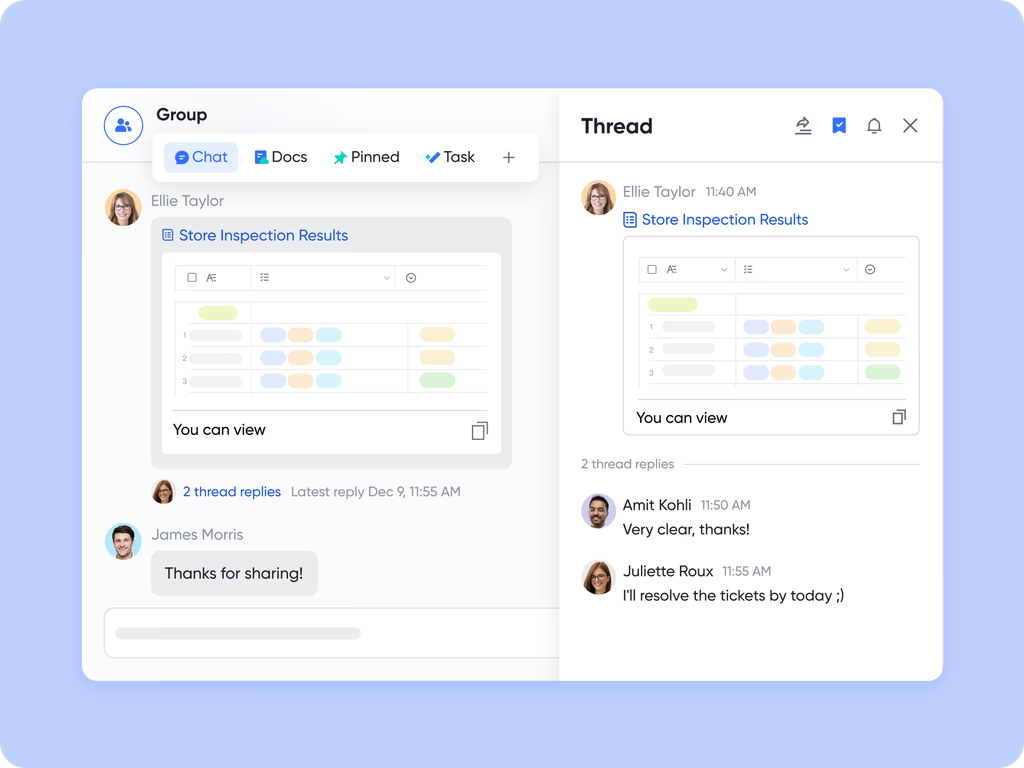
Aligning schedules with Lark Calendar and Lark Meetings
Even the best project plans collapse when teams can't find time to meet. Lark Calendar takes care of this pain point by coordinating schedules across the organization. Employees can see availability in real-time, propose meeting times, and set up weekly check-ins with just a few clicks of a button. When it's time for the meeting, they launch directly from Calendar with no need to change platforms. For example, a product development team could schedule a regular weekly sprint review, add the Doc hyperlink into the event description box for the materials for discussion, and assign team members their tasks during the call. Not only does this eliminate a lot of back and forth about availability, but it ensures that every meeting purposefully propels the project forward.
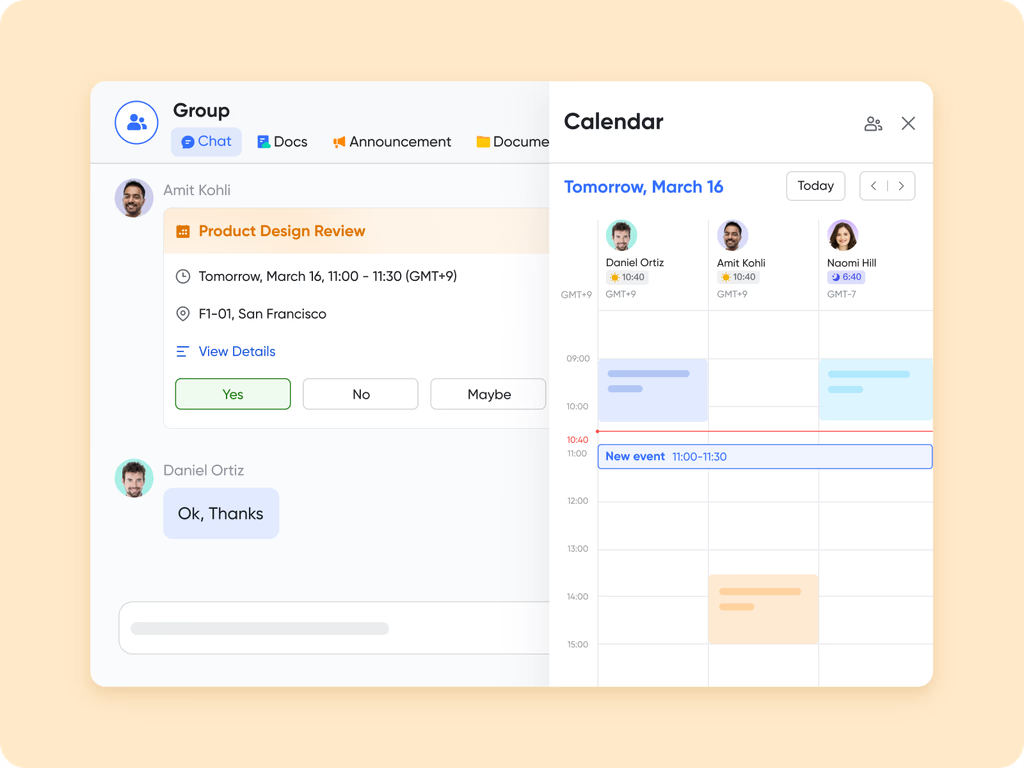
Keeping knowledge organized with Lark Wiki and Lark Docs
Projects often stall when team members don't know where to find the latest information. Is the requirements document in an email? Was the latest version of the plan shared on a drive? Lark does away with this confusion with Docs and Wiki. When you set up a Doc, multiple team members can work within it at the same time, as well as leave comments and assign actions right within the Doc. The Wiki serves an entirely different function as a structured knowledge base for teams to document standard operating procedures, protocols for projects, or FAQs. For example, a software team could utilize a Wiki to document onboarding steps for new developers, technical documentation, and testing checklists. By using Docs and Wiki together, teams have the ability to be creative yet have the security of having a retrievable way to later store knowledge, all in the same tool you are already communicating in daily.
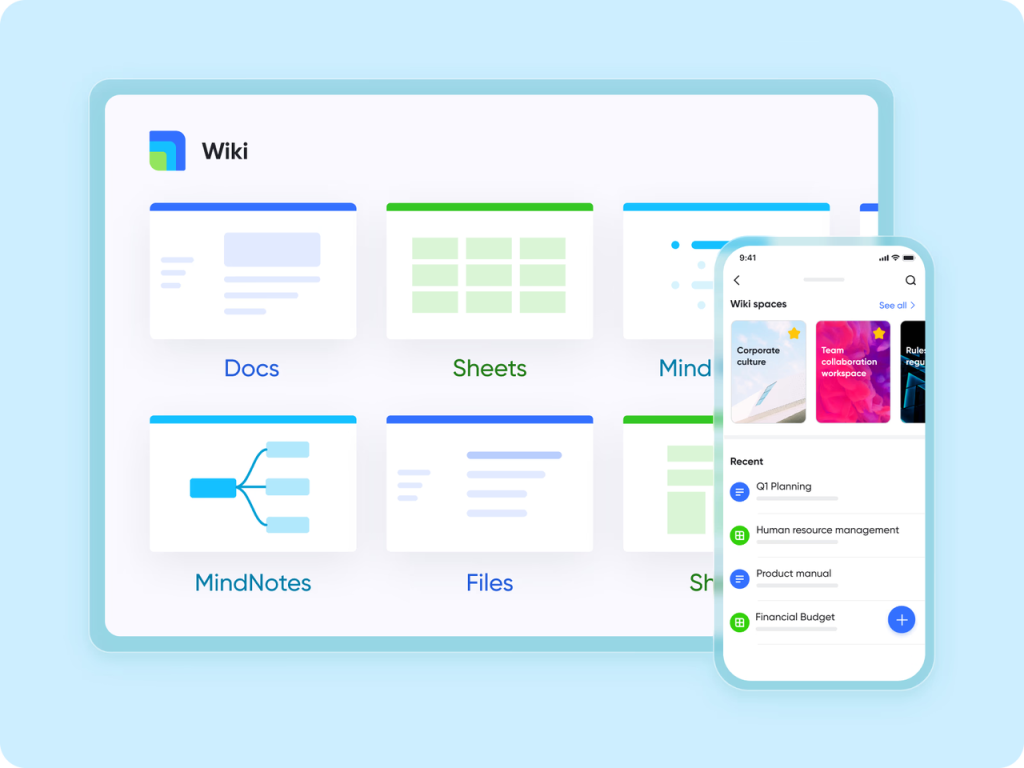
Conclusion
At the end of the day, teams succeed when they spend less time managing tools and more time executing their work. Lark helps businesses eliminate app overload by combining messaging, meetings, documents, project tracking, and workflows into one seamless platform. From centralizing communication with Messenger to creating approval chains with Approval, every feature is designed to keep projects moving without the drag of switching between apps.
For growing companies, Lark isn't just about efficiency; it's about building a foundation for sustainable collaboration. That's why many organizations are rethinking outdated systems and replacing legacy business process management software with Lark. The result is a smarter, more connected workplace where projects stay on track and teams have the freedom to focus on what really matters.

Just for you
By Jacob Mallinder - August 26, 2025












